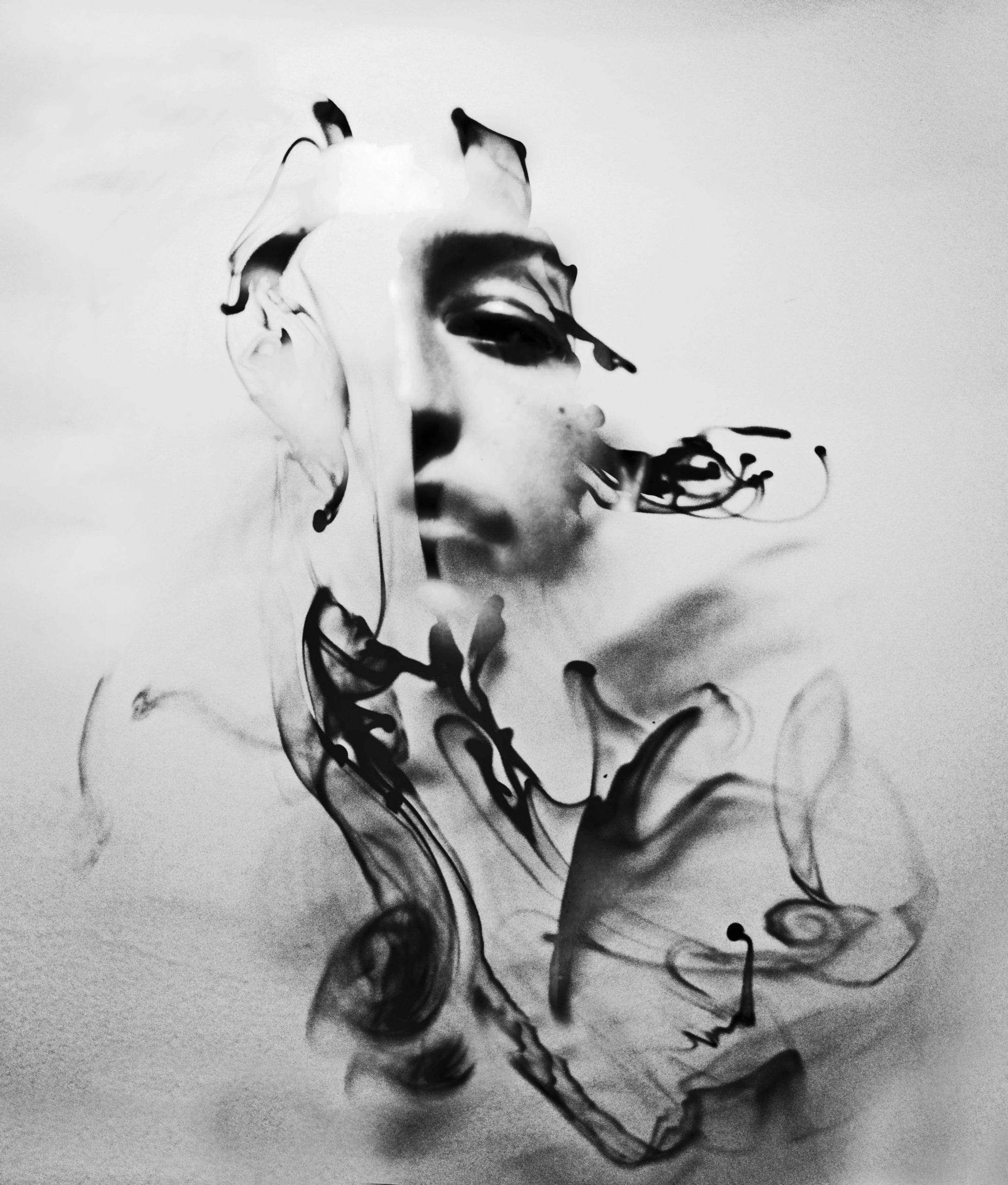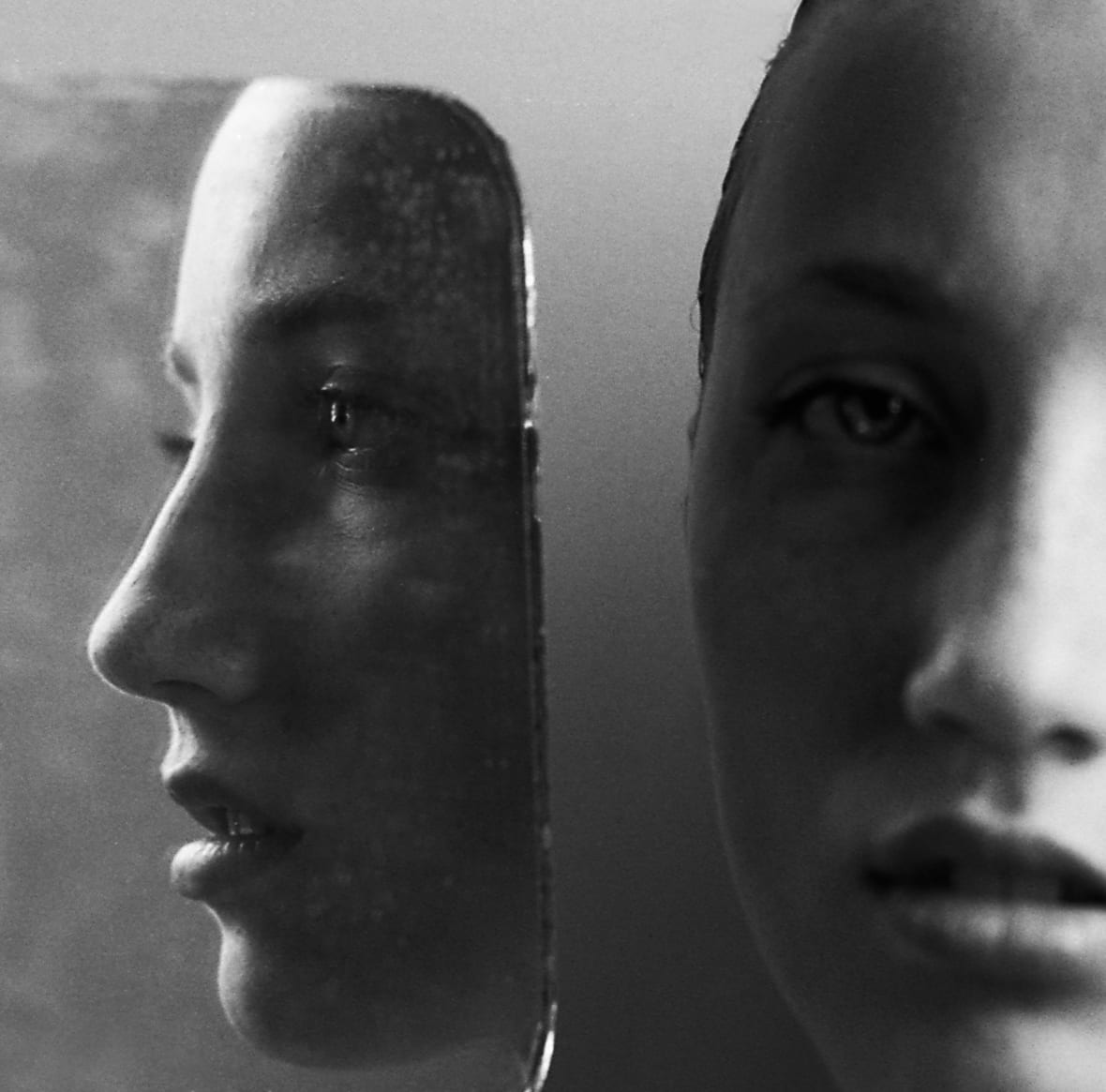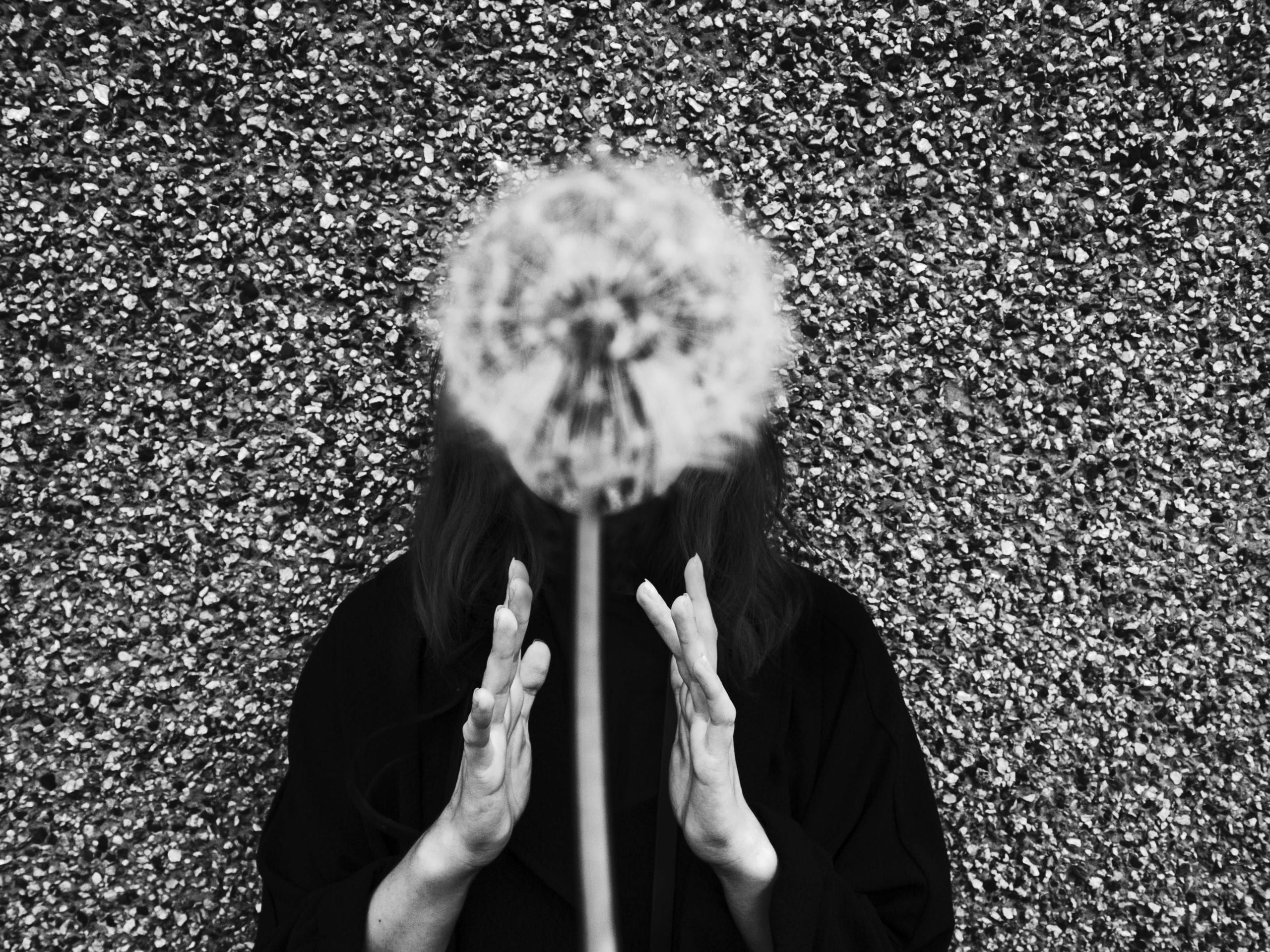Walking down the street with Jack Davison can be time-consuming. A sharp-suited bloke talking on the phone, a pretty young girl in a hurry, a bored construction worker seated by the side of the road, a balding old soak nursing a pint; Davison approaches each without a moment’s hesitation. After introducing himself and chatting for a few seconds, he’s circling round them, or leaning over them, or down on his knees with his camera, often inches from their face. He keeps talking to them throughout, framing quickly and firing off a few shots. He’s relaxed, composed in the moment, then a short thanks and he’s gone, walking down the street, briefly checking his new portrait.
Davison turned up to BJP’s offices on a road bike that had seen much better days, sweating under the sun, wearing a baggy white T-shirt, denim shorts and a cycling helmet. He didn’t look like a fast-emerging fashion photographer. Like any 25-year-old, is still trying to work stuff out, to get his head around the complexities of making a career out of photography. “I have no idea how to use this thing, really,” he says, gesturing to his camera. “I just press random buttons.”

But though he’s self-deprecating to a fault, Davison is making it, fast. He’s already been commissioned by magazines such as the New York Times Magazine, AnOther and Garage, among many others, and has more than 10,000 followers on Instagram and Flickr. As I buy a round of drinks, he pulls out his camera, plays briefly with an image he’s just taken, and then posts it to his social media. Later that day, his portrait of the smiling guy in the high-vis jacket has hundreds of likes and scores of comments.
Some photographers might be tempted to hoard their images; for Davison, sharing online is entirely natural, because that’s where he learnt his trade. He grew up in Essex, hoping to become a marine biologist, but started taking photographs when he was 15 with the family’s Canon IXUS, and got interested enough to buy a “dodgy” Nikon D50 on eBay.

It was Flickr that really gave him the bug, allowing him to share his work, to get what he calls his photographic education. He’s never formally studied photography or art, choosing instead to read English literature at the University of Warwick; one of the first images in his portfolio was taken in Warwick’s fantastically Brutalist student accommodation, and shows a girl standing naked by a window, the curtains drawn, shafts of light streaming in.
“I think it helps I also never got ‘taught’ in an official sense,” he says. “I was never told how to do things, and never given any set boundaries, so I’ve have never had a problem with experimenting.”
After university, Davison set off on a six-month tour of the US, but rather than taking time out, he decided to create “a body of work that encapsulated my philosophy as a photographer”.

“We did 10,000 miles on the road,” he says. “I’d head out and wander through the streets looking for people to speak to and photograph. I’m reliant on moments of spontaneity with my subjects.”
The resulting series, 26 States, was published in BJP’s Ones to Watch issue in January 2014. It’s a heady mix of portraits, almost all in monochrome, ranging from starkly lit, strongly featured women to kindly old men, from young kids trying to look tough to street-dwelling guys who really are. “I consider myself a documentary photographer,” he says. “But I am more interested in the beauty or strangeness of a moment than I am with finding facts, or trying to make an argument.”

Davison “values spontaneity, the unplanned moment” above all else, yet he’s also happy to mess with his images before or after the event. He was “obsessed with [Salvador] Dalí as a kid”, and is “thinking a lot now about Man Ray, Lisette Model, Alfred Stieglitz.”
He might take a portrait in shadow, in a reflection or with a deliberately blurred lens, or he might scratch the negative, or rip the shot after it’s printed. In one image, a woman holds a shard of glass, staring obliquely through its reflection; in another the model’s face is shrouded in a blue light, or half her face fades away in soft focus.
“I’m always experimenting when shooting,” says Davison. “I’m always trying to keep things playful, to keeps things from going stale. There is a certain joy in seeing a discarded bit of perspex on the street, picking it up and shooting through it.”

Jack Davison's Street Fashion at Foam
Pages: 1 2
